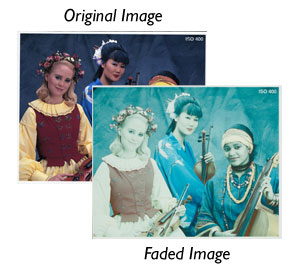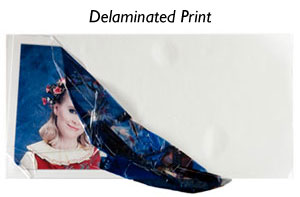Summary of the DP3 Project Survey of Digital Print Experience within Libraries, Archives, and Museums
A report on IPI’s survey of institutional experiences with digital prints is now available for download.
Abstract
In order to quantify the experience cultural heritage institutions have had or are having with digitally printed materials in or entering their collections, the Image Permanence Institute (IPI) conducted an online survey. The survey gathered data relevant to the collecting of digitally printed materials, deterioration of those materials, preservation policies regarding the care of those materials, and the use of digital printers in house.
The results indicate that most institutions are receiving digitally printed materials but that their staff does not possess the necessary information and skills to identify or develop policies for the care and handling of these materials in their institutions.
Unfortunately, the data also indicates that digitally printed materials in many institutions are already decaying and doing so by a variety of mechanisms. In addition to collecting digitally printed materials from outside sources, institutions are relying on digital printers to produce their own institutional publications, work copies, exhibition signage, etc. While some of this material is intended for short-term use, others, such as conservation documentation, may be needed for extended periods of time.
The full report can now be downloaded from the DP3 Project website. Click here for the PDF.

Terminology
Image Permanence vs. Print Permanence
These two are not synonymous. Image permanence is only concerned with maintaining the pictorial content of the image. The colors may fade over time or change in hue, and the paper may discolor, turning from white to yellow. Image permanence ratings attempt to quantify the potential for these changes and extrapolate those results into years of life expectancy.

On the other hand, print permanence is concerned not only with the stability of the image but the physical integrity of the object as a whole, including its resistance to cracking, abrasion, and layer delamination. For example, the image may be relatively unaffected by light, humidity, and pollution, but the ink easily smeared by light rubbing.

Manufacturers of digital print materials often tout their image permanence test results while ignoring potential problems with the physical stability of the material. It is important to understand that just because a material (paper, ink) has a permanence rating of 100 years, it doesn't mean that the print won't degrade over time or be very sensitive to damage by handling.
|